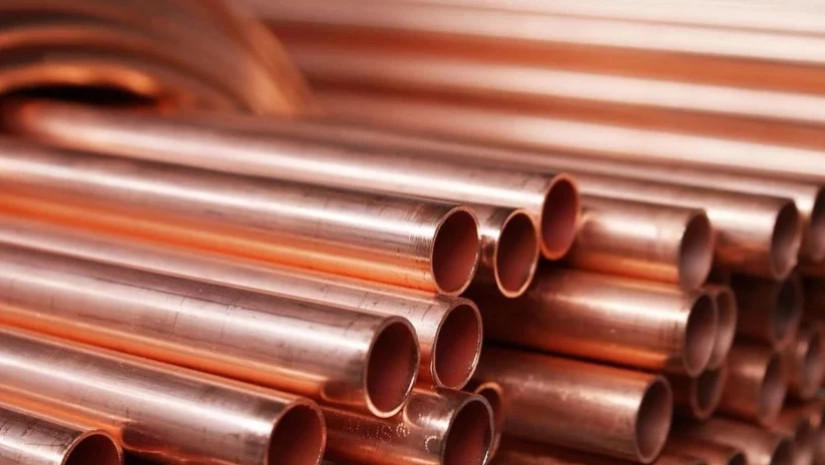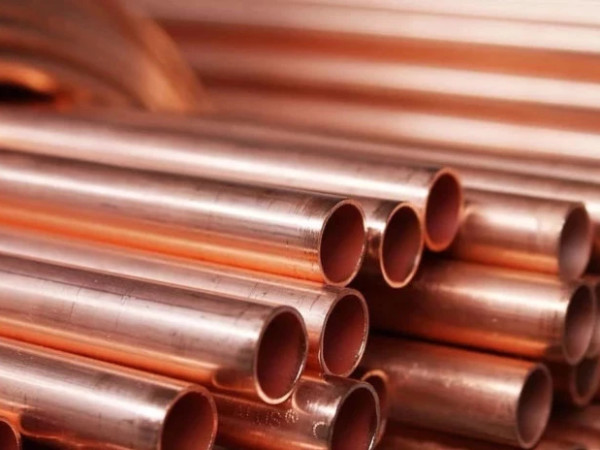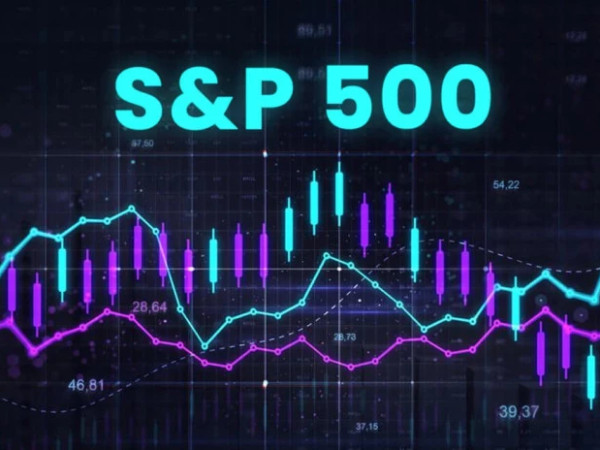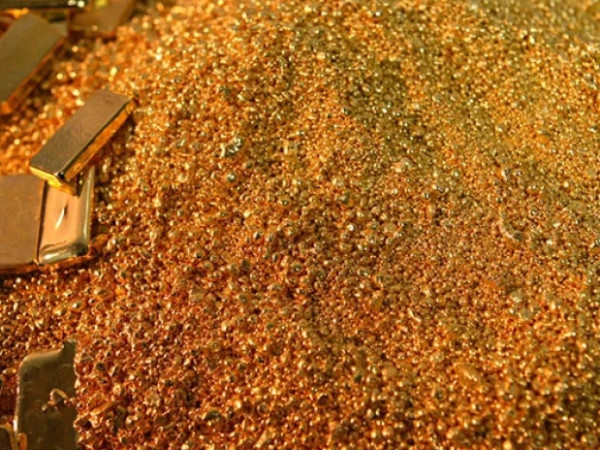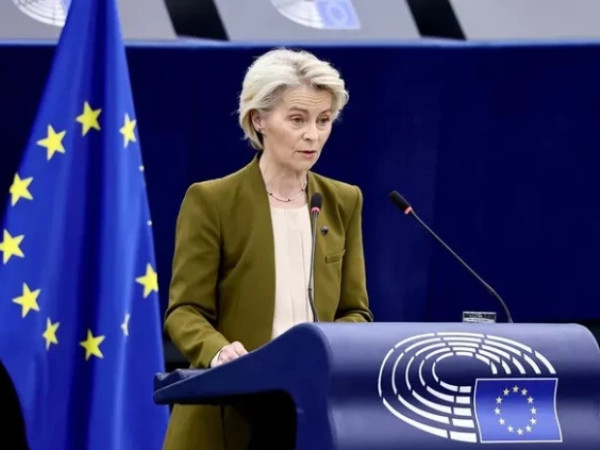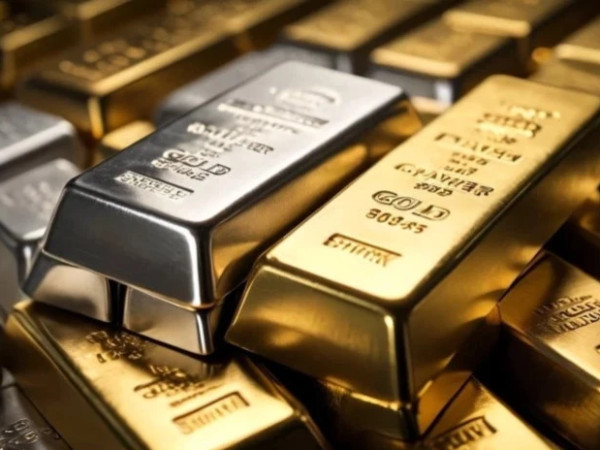Fitch Ratings-London-10 September 2025: Fitch Ratings has raised all of its copper assumptions, reflecting steady growth in metal consumption. We have also raised our near-term assumptions for iron ore, Australian thermal coal and platinum group metals, and cut our short-term assumption for nickel, reflecting year-to-date prices.
We have increased our 2027–2028 and mid-cycle prices for aluminium; our 2025–2026 and mid-cycle prices for gold; the 2028 price for zinc; and the short-term and 2028 prices for lithium, reflecting favourable market conditions. All other price assumptions are unchanged.
The increased copper assumptions reflect the tightly balanced global copper market in the short to medium term, with small surpluses and deficits of below 1% of the total market, very low stock levels and robust long-term demand growth. We forecast refined copper demand to grow by 2%–3% in 2025 and 2026, driven by resilient demand — especially in China — despite a weaker global economy, with some stockpiling ahead of the US tariff announcement on copper. Global refined copper supply is set to increase by 1.5%–2% in 2025 and 2026. Long-term global copper consumption will remain robust, supported by the energy transition. Our mid-cycle price assumption takes into account our assessment of the long-term copper incentive price and CRU’s 90th-percentile costs of USD7,675 per tonne in 2030.
We have increased our medium-term and mid-cycle price assumptions for aluminium, reflecting metal demand growth from about 74 million tonnes in 2025 towards 80 million tonnes in 2030. Curtailed smelters will gradually return to the market and new capacity will be built to meet this demand, with long-run marginal costs of about USD2,400 per tonne.
The increased 2028 zinc assumption reflects a greater likelihood of the global market moving into deficit that year.
Further increases in the geopolitical premium due to gold’s safe-haven status support our higher assumptions for 2025–2026 and mid-cycle prices. Concerns over a weaker US dollar have increased inflows into gold investments, driving record prices.
The higher 2025 assumptions for platinum group metals reflect year-to-date pricing. We expect the price rally to be temporary, following supply disruptions in South Africa early this year, some stockpiling due to concerns over tariffs, and speculative trading. The platinum and palladium markets remain well supplied, and supply-demand fundamentals are unchanged. Platinum and palladium are technically substitutable in automaking, but there is a time lag as manufacturers are unlikely to change the catalytic converter composition in car models after launch. We have therefore built in a price moderation for palladium in 2026, mirroring that of platinum, before equalising the prices in 2027.
The increased short-term lithium price assumption reflects the recent sharp increase in spot prices following the closure of mining operations in China — accounting for about 6% of global lithium output — for at least three months, as a result of the government’s tighter control over domestic production. The higher 2028 assumption reflects our expectations of a tightening market and increasing demand from electric vehicles.







